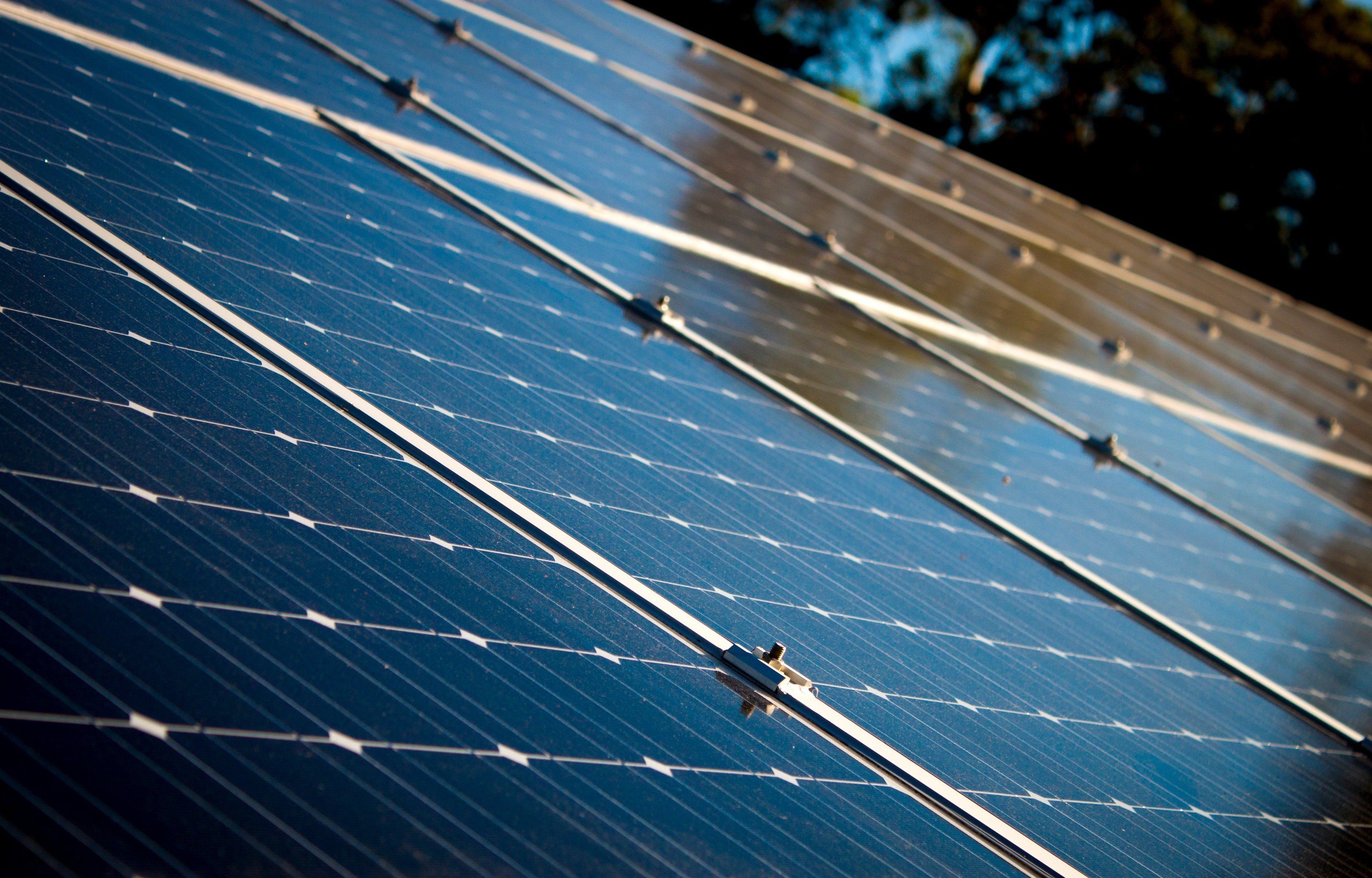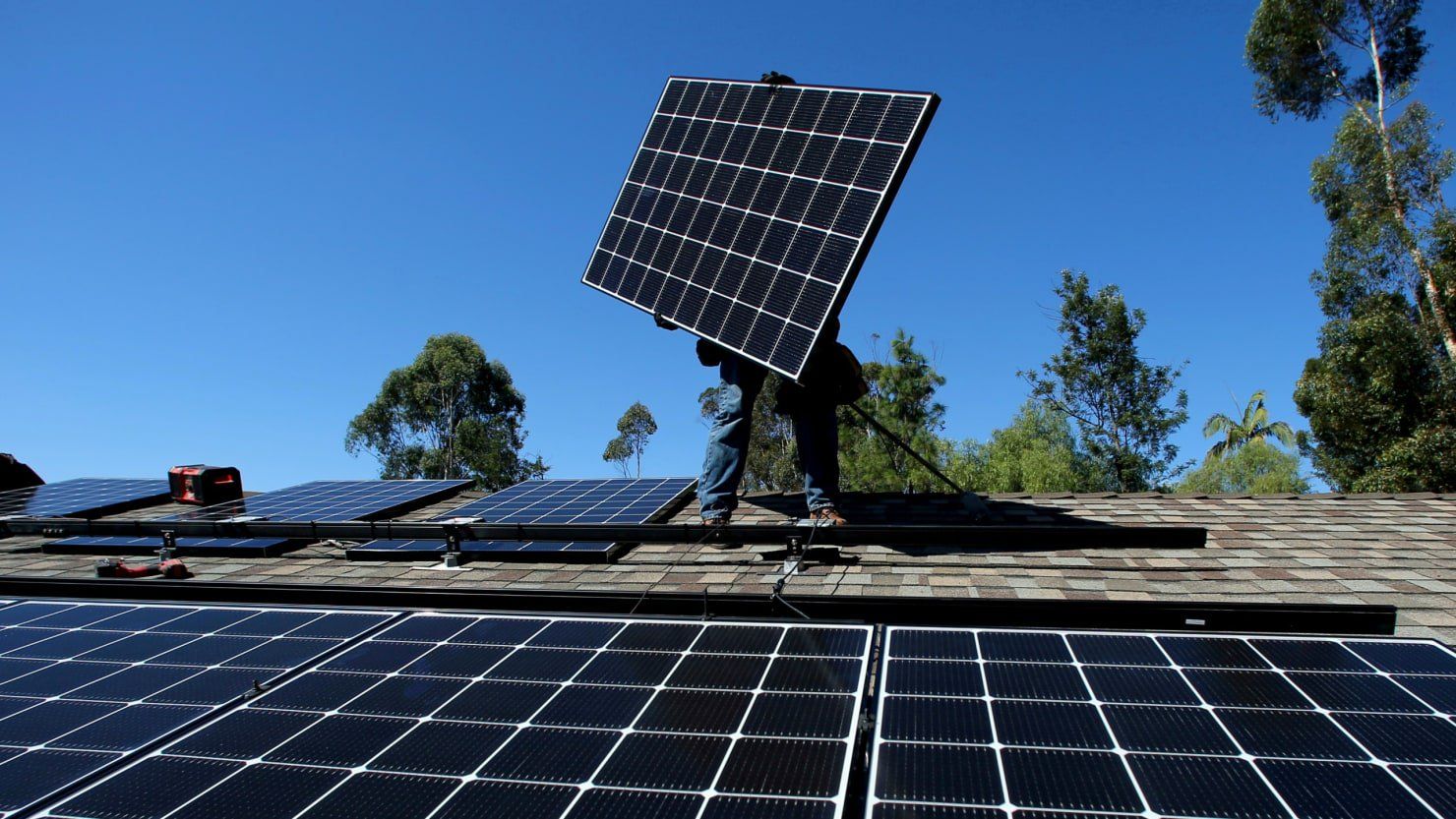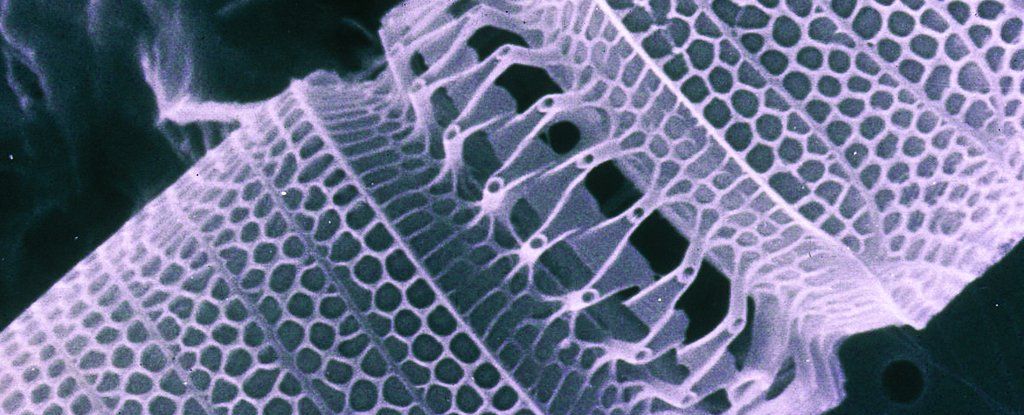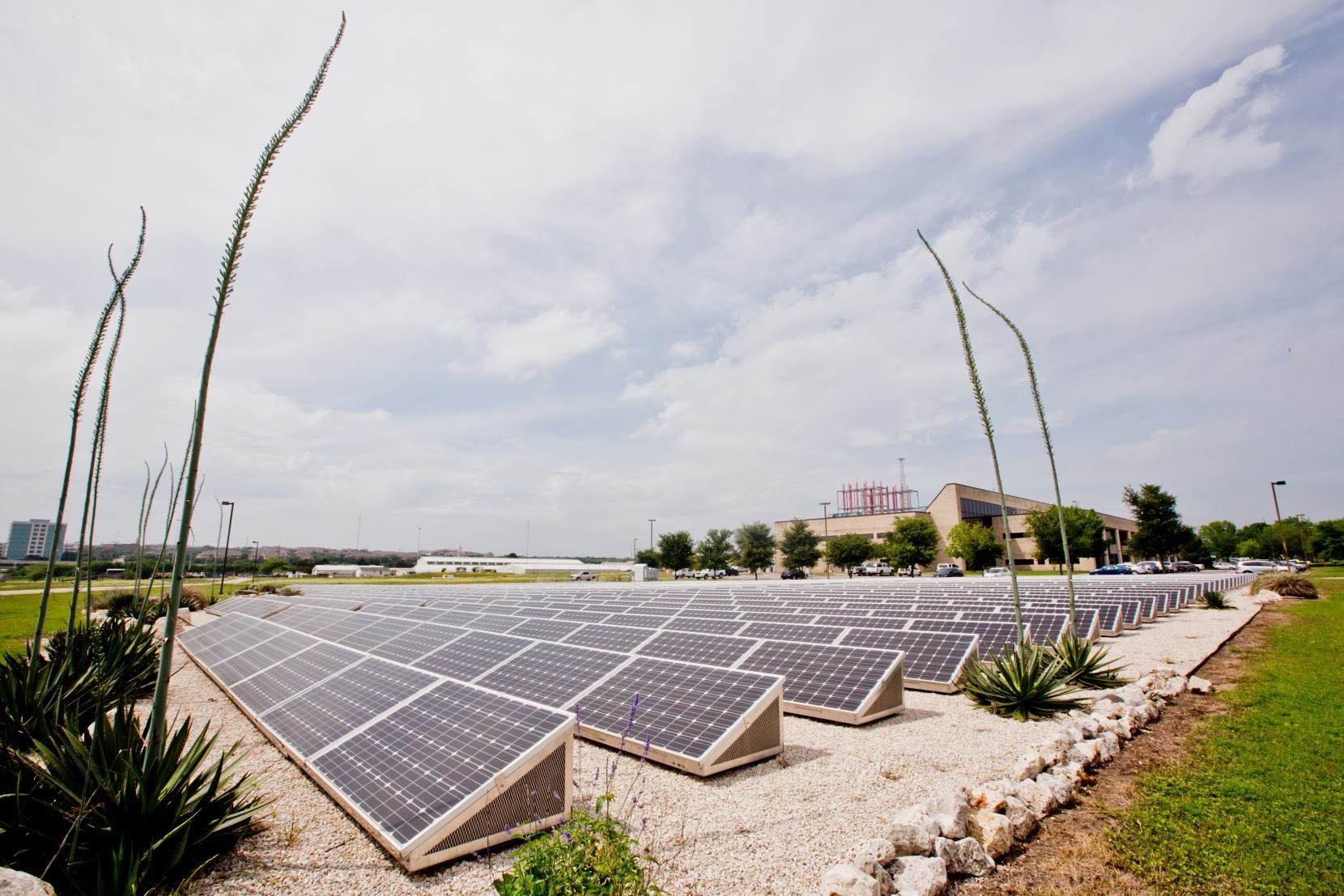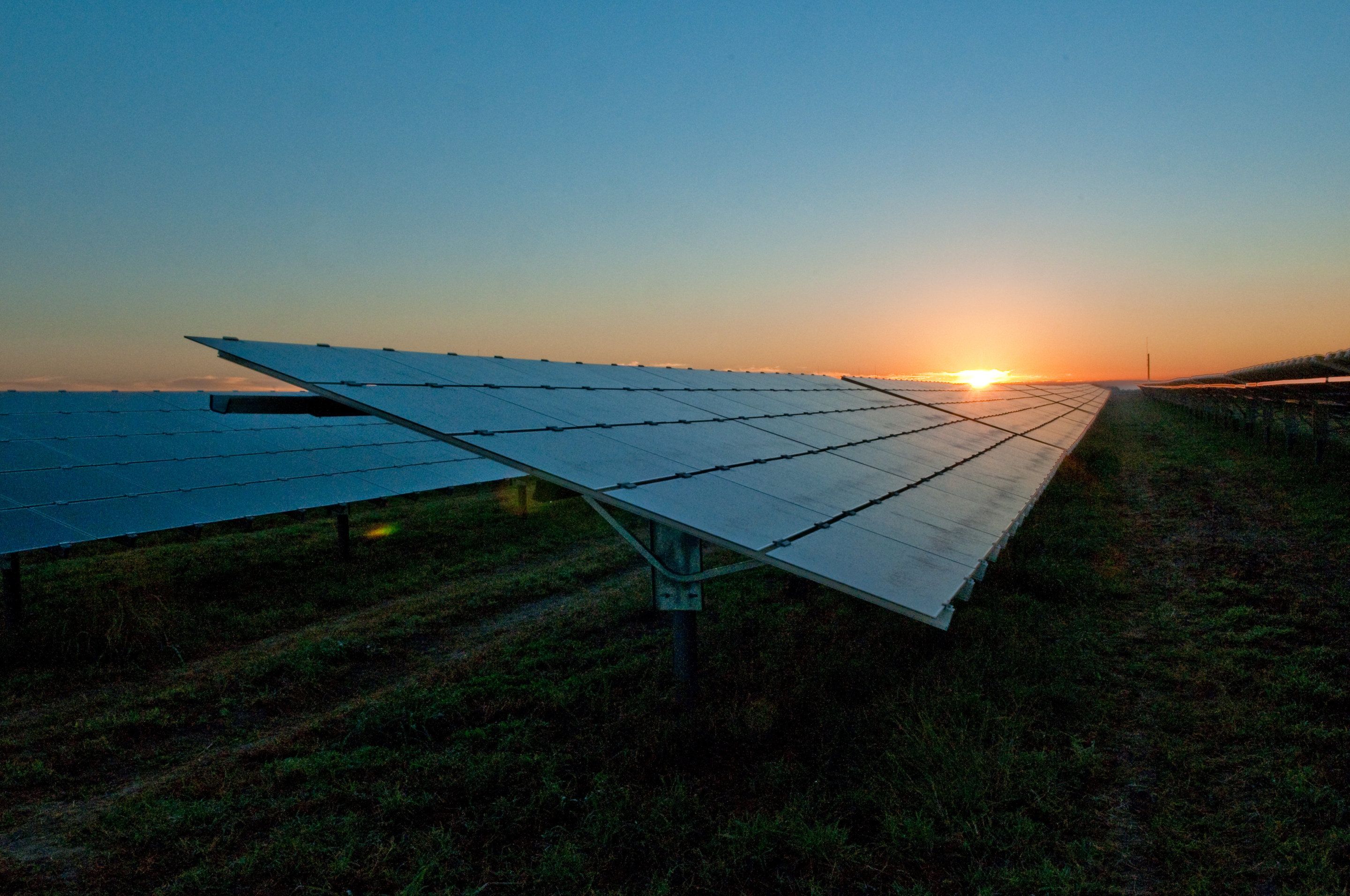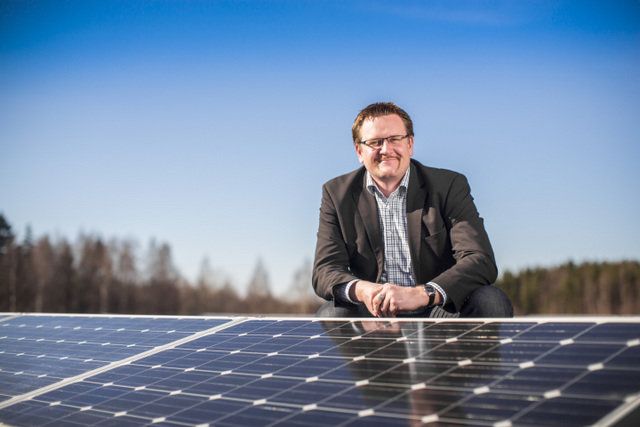Too bad the middle class is shrinking!
The rate of growth in residential rooftop solar photovoltaics (PV) in Australia since 2008 has been nothing short of breathtaking.
Our new research suggests that the households most likely to join in the solar spree are those that are affluent enough to afford the upfront investment, but not so wealthy that they don’t worry about their future power bills.
Australia now has the highest penetration of residential rooftop PV of any country in the world, with the technology having been installed on one in five freestanding or semi-detached homes. In the market-leading states of Queensland and South Australia this ratio is about one in three, and Western Australia is not far behind, with one in four having PV.
